What is the difference between glass and crystal?
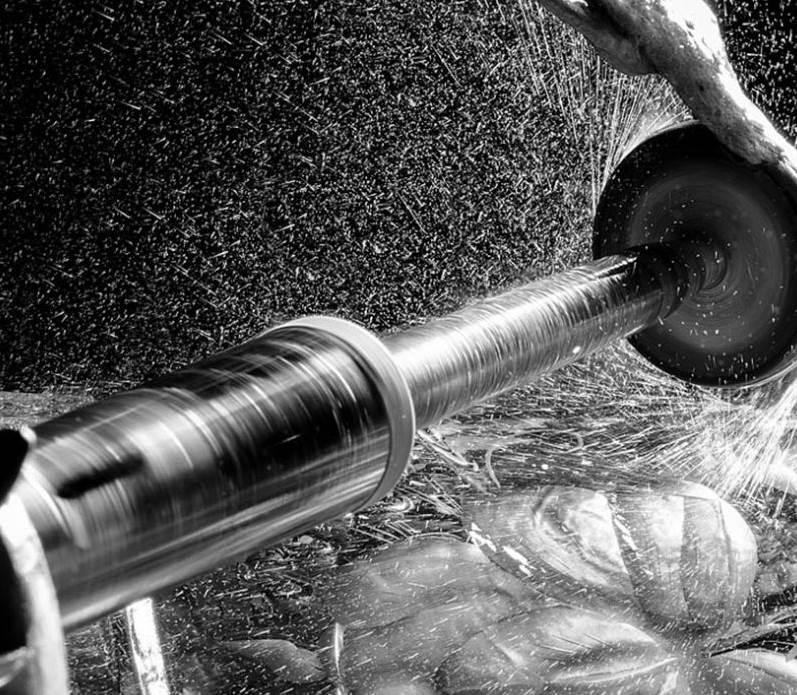
Once, crystals could be found in almost every home. Intricately cut vases, glasses, tumblers, sugar bowls, or tureens were the epitome of elegance. Crystal glassware is still available today. The finest quality whisky sets, glassware sets, and goblets are still made from it. With so many options on the market, it’s worth knowing what the difference is between glass and crystal. Is it still worth investing in crystal glassware? And finally, is crystal glassware safe?
What is the difference between glass and crystal?
Forty years ago, crystals adorned interiors, radiating a sense of luxury and refined elegance. They served not only as decorative elements but also had practical uses, gracing tables during special occasions. Today,
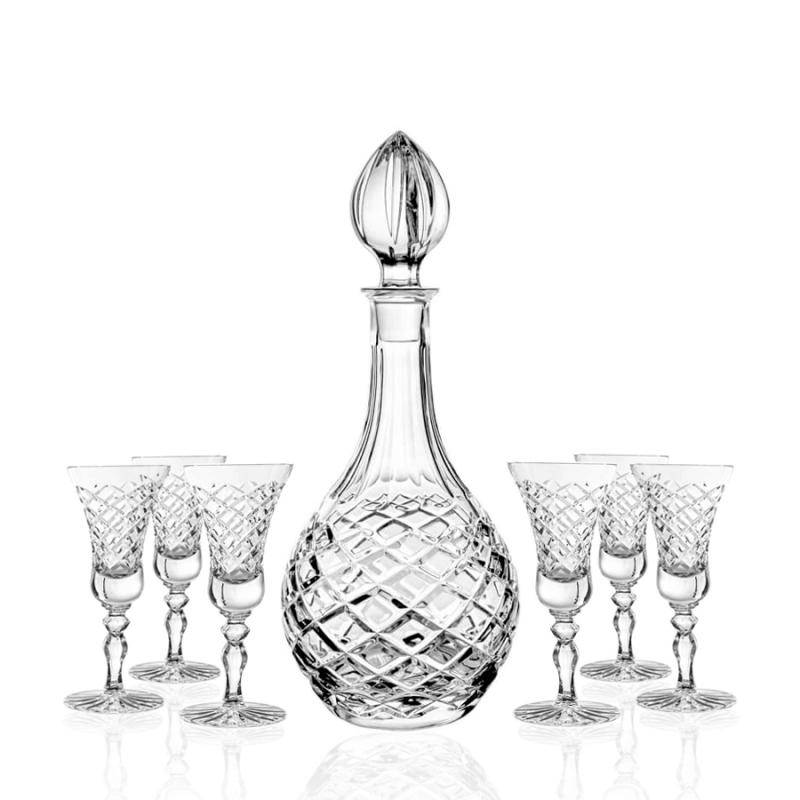
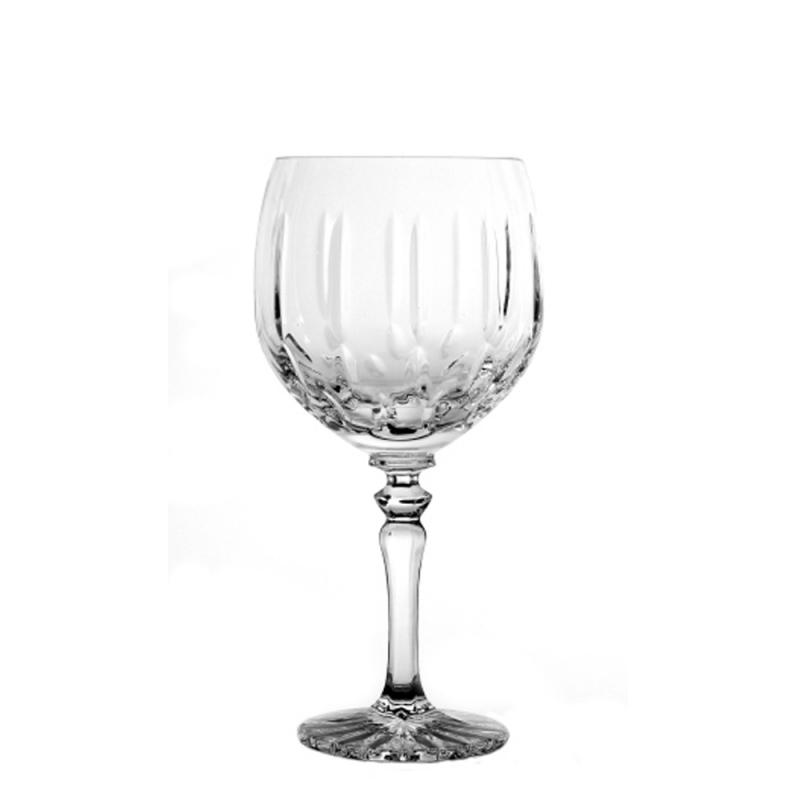
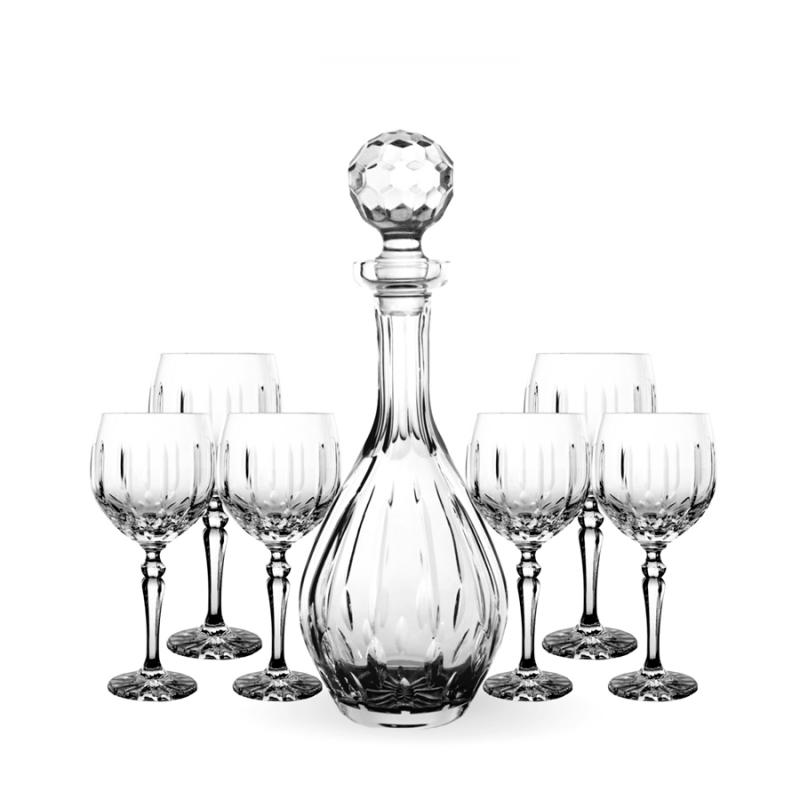
Crystal glass, thanks to its unique structure, exudes elegance and luxury. The lead content gives it an extraordinary brilliance and clarity that catches the eye. Beautiful decorations made of gold are also common.
Crystal is usually thicker and heavier than ordinary glass, which results from the production process and the presence of a seemingly controversial element. It is clearer and has a higher light refraction, creating beautiful reflective effects. That’s why crystal glass features such distinctive cuts, which further enhance the effect of diffused light.
The sound produced by crystal is clearer and more resonant, with a very distinctive quality that comes directly from its lead-modified structure. This makes crystal objects not only visually stunning but also pleasing to the ear.
Most crystals are handcrafted, which gives them their unique character. Artisans strive to create one-of-a-kind patterns and decorations that lend crystals their distinctive charm.
What is the simplest way to tell crystal from glass?
To effectively distinguish beautiful, noble crystal from ordinary soda glass, it’s worth learning the set of characteristics that define it. Technically speaking, crystal is simply lead glass.
However, it’s not necessary to delve into the chemical composition to distinguish between these two materials. There are clear differences that can be seen with the naked eye, such as weight, thickness, transparency, or structure.
- Reliability
Crystal is softer than standard glass, making it less resistant to mechanical damage. Therefore, although it is more elegant, it is less commonly used for everyday purposes. Regular glass is more practical because it is more resistant to breakage.
- Transparency
- Sound
When you strike crystal, you’ll hear a sound that’s much clearer than with standard glass. This is due to the acoustic properties of crystal, which rings like little bells.
- Weight
Crystal is significantly heavier than glass, which becomes apparent as soon as you handle both materials. It is the density of lead that gives crystals their distinctive weight.
Is crystal glass safe?
What’s the difference between glass and crystal? The simplest answer is their composition. However, the addition of a controversial element has led some to view crystal glass as potentially harmful to health. Of course, this perception is largely unfounded.
Crystal glass, although produced with the addition of lead, is safe for health, and the presence of this element does not have a negative impact on the human body. In fact, the amount of lead oxide in crystal glass is so low that it poses no health risk. Lead is added to the crystal glass production process mainly because of its properties, which contribute to the unique character and aesthetics of crystal products.
How does the addition of lead affect glass?
Lead, in the form of oxide, affects the flexibility and softness of glass, allowing for the sculpting and shaping of crystal products. The first experiments with adding this element to glass took place in England in the 17th century. It is thanks to lead that crystal products are durable, and their hand-decorated details can be exceptionally precise. Additionally, the lead content significantly improves the glass’s refractive index, giving it its characteristic brilliance and shine. With the addition of lead and bromine, crystal glass is also heavier, which adds to its prestige and solidity.
Does the addition of lead pose a health risk?
Although lead, which is considered toxic, is one of the main components of crystal glass, its amount is so low that it does not pose a health risk. Therefore, using crystal glassware and products does not carry the risk of lead poisoning.
Additionally, modern crystal glass production technologies make it possible to introduce lead- and barium-free versions to the market. Contemporary additive-free crystal glass is an exceptionally versatile, clear, and health-safe material. Its safety level is even twice as high as that of traditional crystal glass, making it the perfect alternative for those who prefer lead-free products.
How to care for crystal?
Crystals, thanks to their beauty and unique elegance, deserve special care and attention. This helps preserve their exceptional shine and durability for many years to come. They also make a perfect gift idea. Here are some tips on caring for, storing, and the latest trends in crystals.
Crystal care
Crystals should be cleaned regularly to remove deposits and dirt that can cause their surfaces to become dull. It’s best to use mild detergents and warm water, avoiding water that is too hot or overly strong cleaning agents.
It’s also worth polishing crystals to restore their original shine. For polishing, it’s best to use special glass cloths, which help remove impurities and achieve a sparkling surface.
Before washing your crystals, check if they have any delicate decorations, such as gold or silver elements, which may require special care.
Storing crystals
Crystals should be stored in a dry and well-ventilated place to prevent moisture buildup, which can cause their surfaces to become dull.
The perfect place to store crystals is in glass display cases or cabinets, which not only showcase them but also protect them from mechanical damage.
Current crystal trends
Crystals remain a highly fashionable decorative element and interior accessory. Their timeless charm and elegance make them a perfect fit for both classic and modern arrangements.
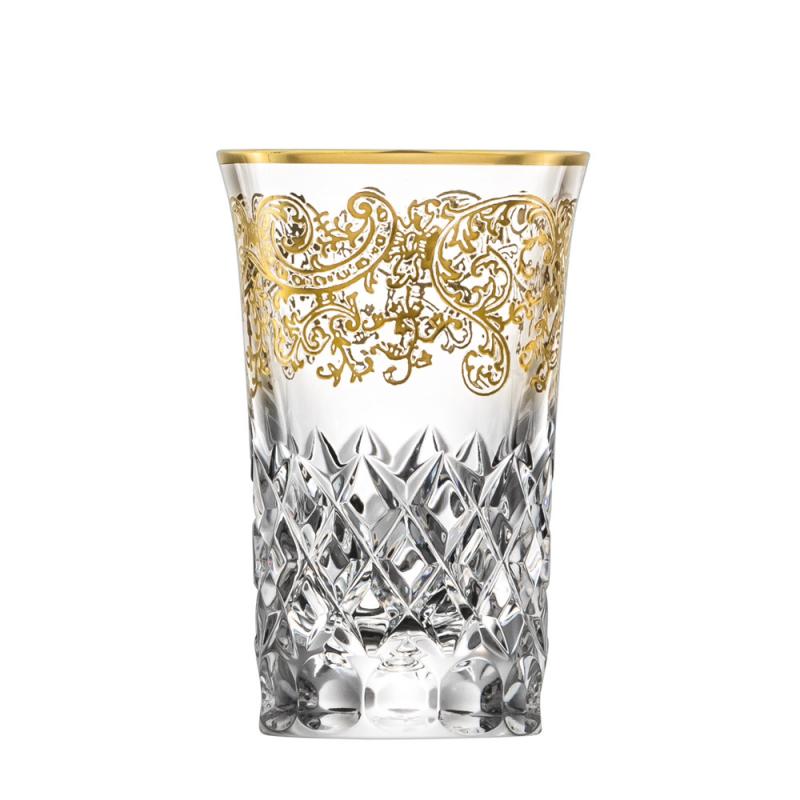
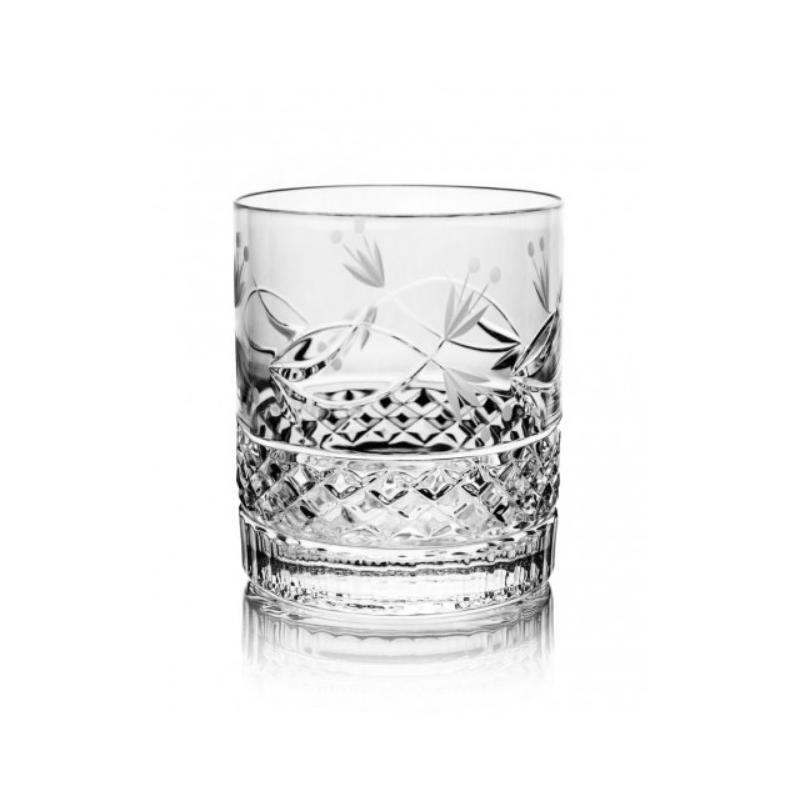
Currently, interior design trends are seeing a return to classic and traditional styles, making crystals an even more desirable decorative element.
Modern interpretations of crystals are also gaining popularity, such as minimalist vases or contemporary lamps made of crystal, which add a subtle touch of luxury to any interior.


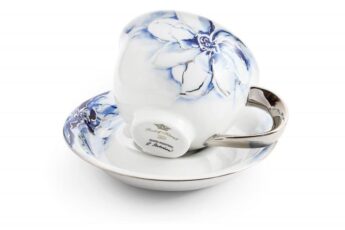




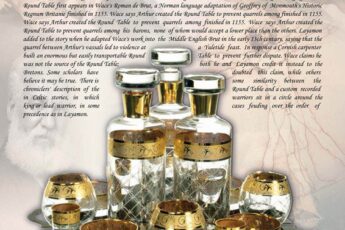
Leave a Comment